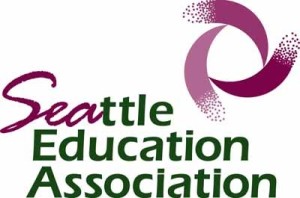Looking at school data for 2012-13, the Institute on Metropolitan Opportunity at the University of Minnesota Law School said that when it considered student demographics and admission criteria, it found that charters lagged behind traditional public schools in such major factors as reading and math scores, reading and math growth and graduation rates.
And while 20 percent of traditional public schools showed a diverse racial mix, only seven percent of Chicago’s charters did, according to the report.
Since students self-select into the charter system, their performance should outpace children in traditional schools — but it doesn’t, said Myron Orfield, who heads the institute that looked at Chicago because it’s home to charter champion U.S. Secretary of Education Arne Duncan.
“The question is whether charters are the best path available to find ways to better serve low-income students and students of color, given that this approach has failed to improve overall student performance by most measures, and led to less racial and ethnic diversity in the city’s schools,” Orfield said.
The report called for a three-year moratorium on new charters — publicly funded but privately operated schools — so the district can examine how its charter policy has affected all its schools.
Charter supporters from the Illinois Network of Charter Schools said they found flaws in the data cited — for example, graduation rates didn’t match state data. And including competitive, test-in selective enrollment schools wasn’t a fair comparison, either, said INCS head Andrew Broy.
Broy also said charters haven’t added to Chicago’s segregation — they set up in neighborhoods where they believed students most needed options, which happened to be in African American and Hispanic neighborhoods on the South and West sides. He added, “Their enrollment reflects that.”
Chicago Public Schools announced recently that the district is not looking for new charters to open in fall 2015, but will proceed opening up to seven charter schools that were already approved. Since 2012 and including the year the district approved closing a record 50 neighborhood schools, CPS has opened 31 new charter schools.
Charter enrollment has grown rapidly since 2000, increasing by more than nine times from 5,400 students to nearly 49,000 in 2013 at about 120 schools — or about 12 percent of all public school enrollment. Student enrollment in traditional public schools fell during those years to about 345,000 from about 426,000.
The report also cites Chicago Sun-Times stories analysis, which found that in 2013, neighborhood elementary schools had higher growth on standardized tests notably in reading over charter schools, and that CPS had a higher percentage of elementary students who exceeded the standards on state tests for reading and math than charters.
The Chicago Teachers Union has argued that charter schools siphon money from already struggling traditional public schools, but the union could not be reached for comment on Monday, the Columbus Day holiday.











